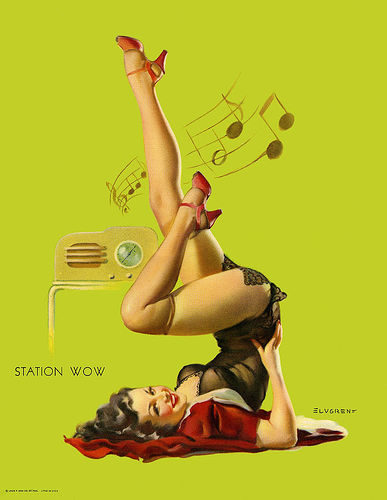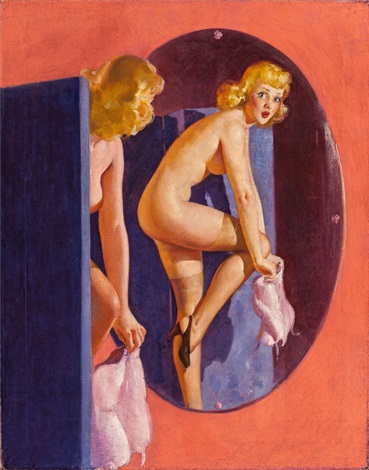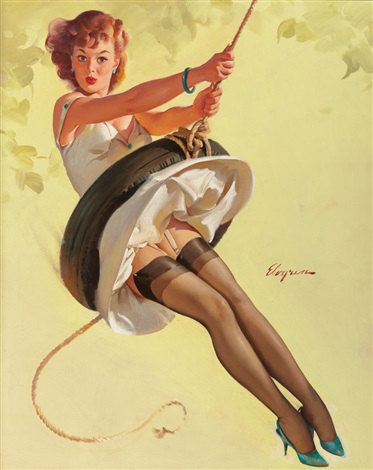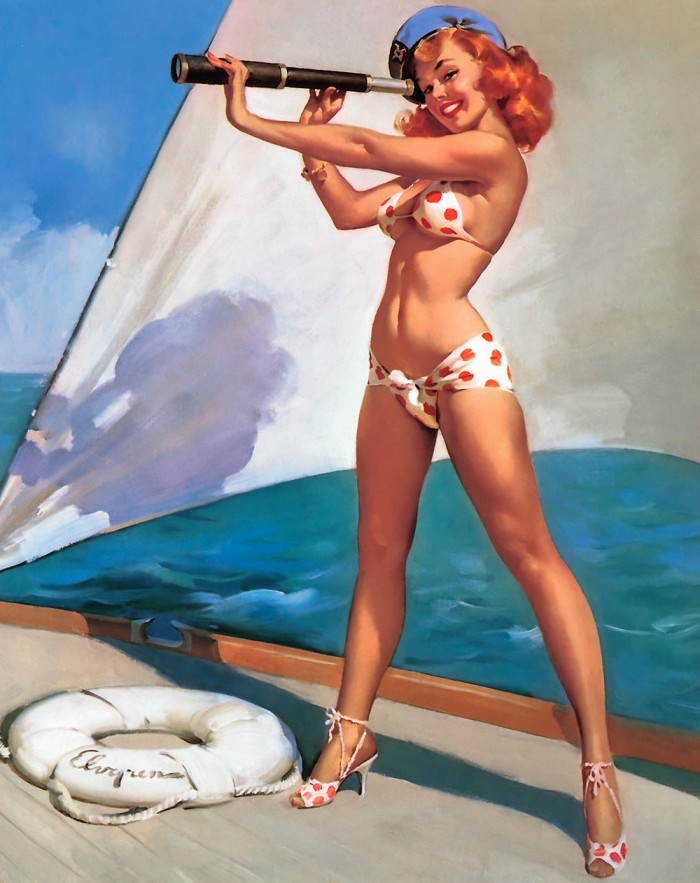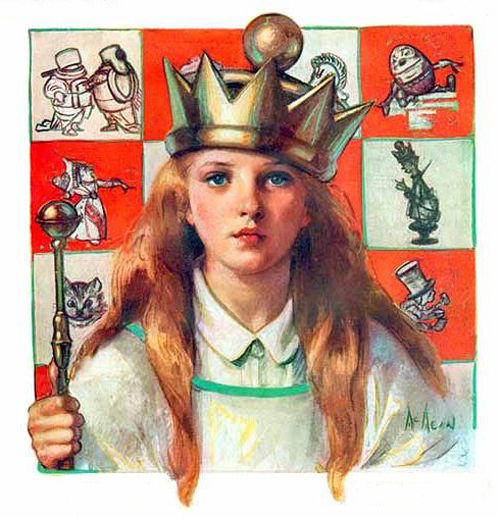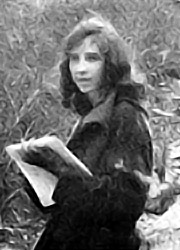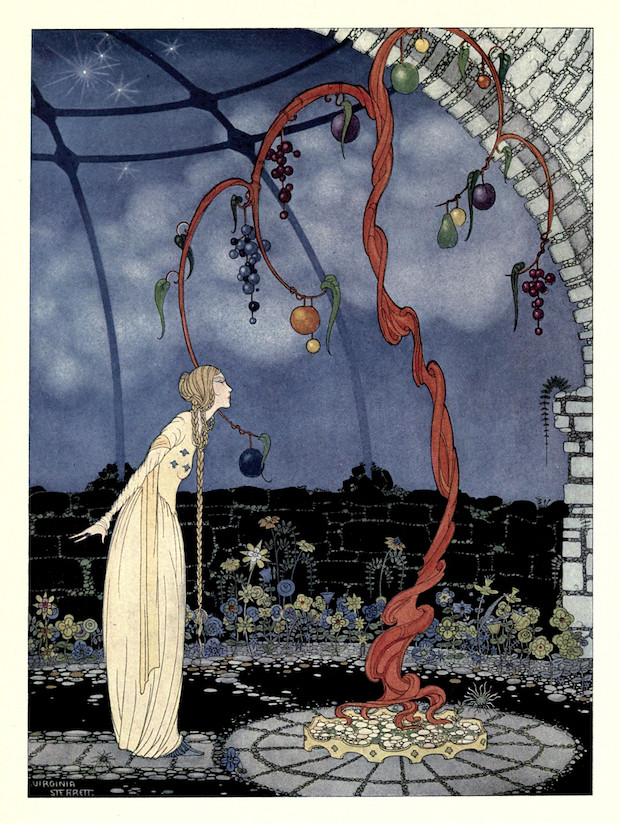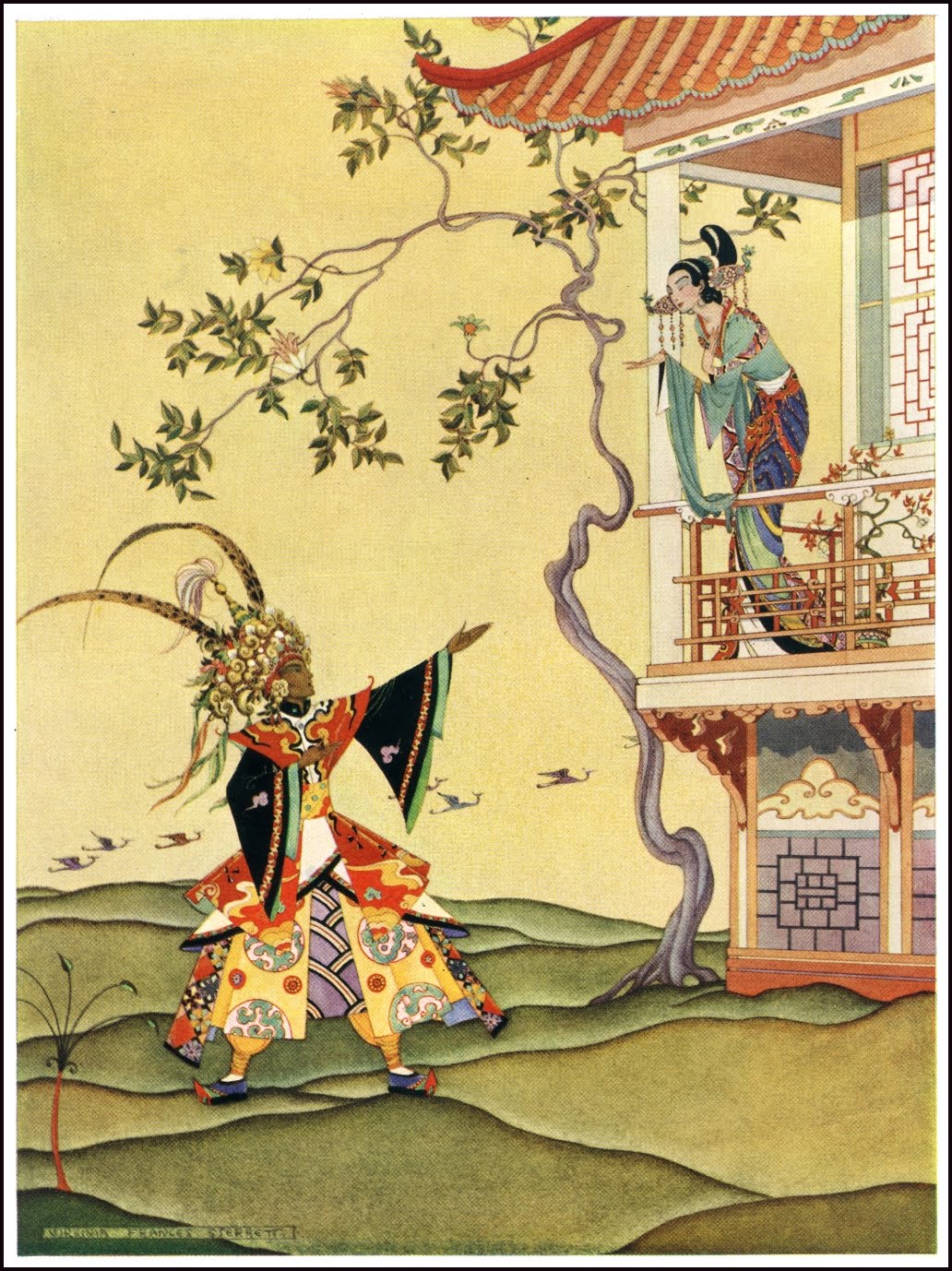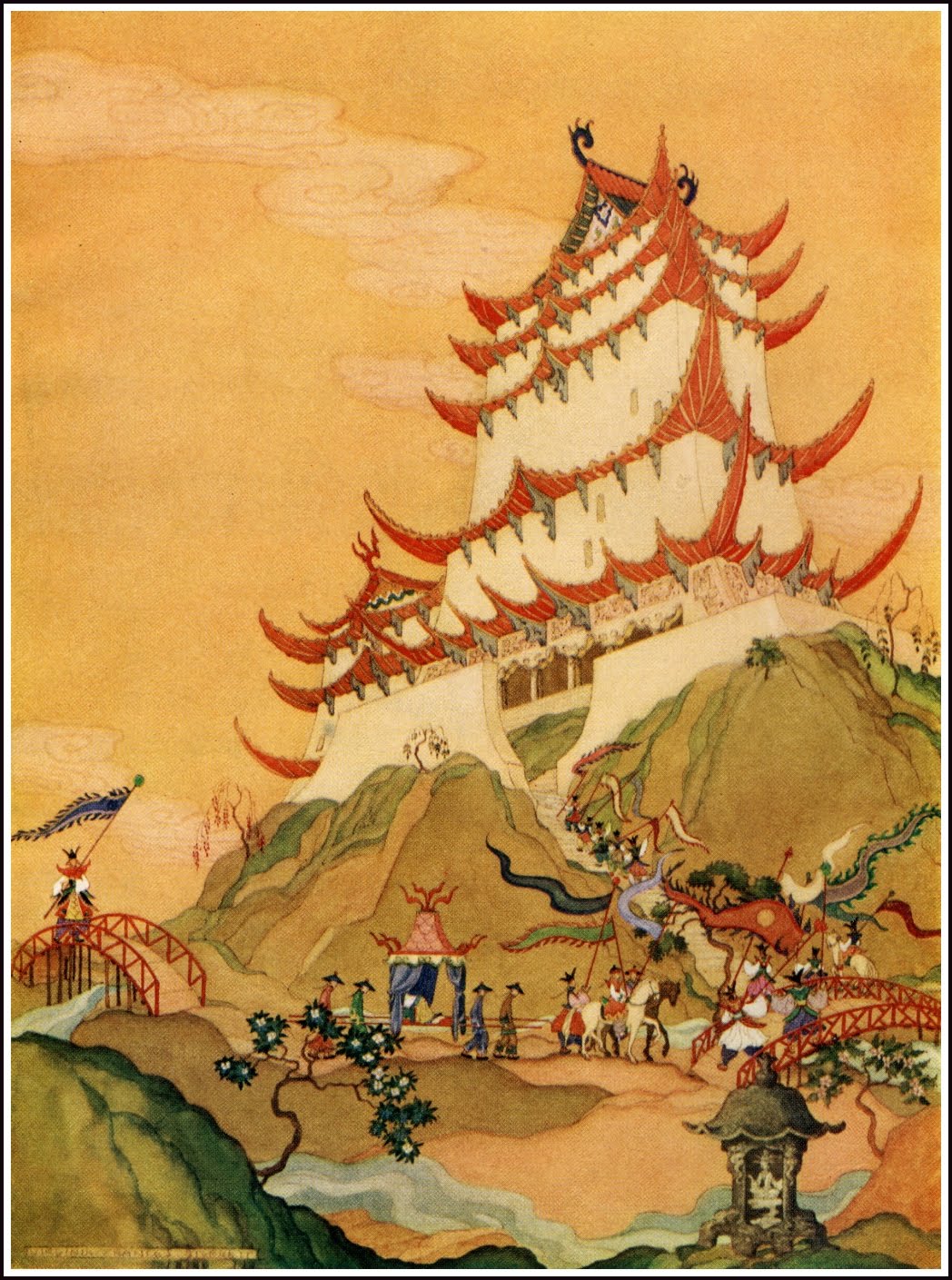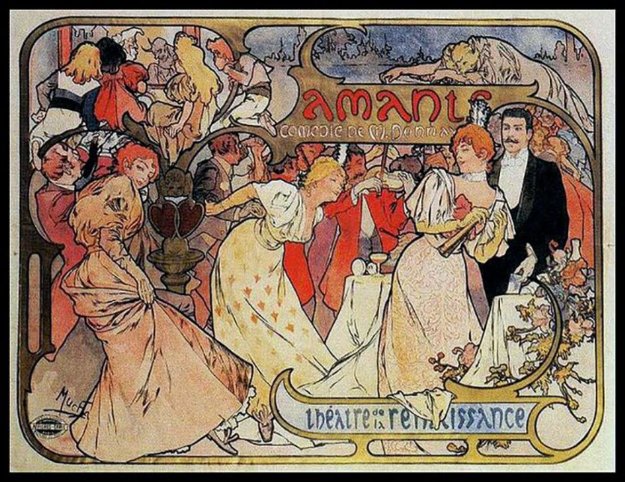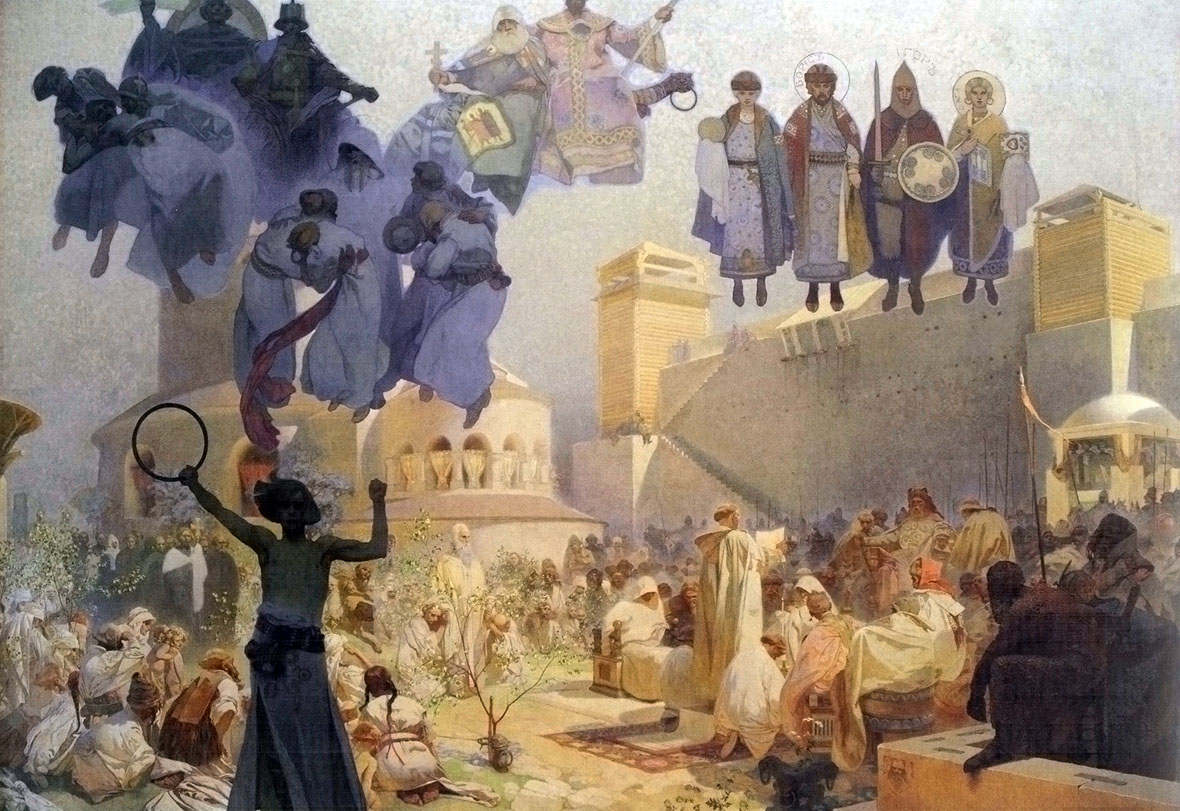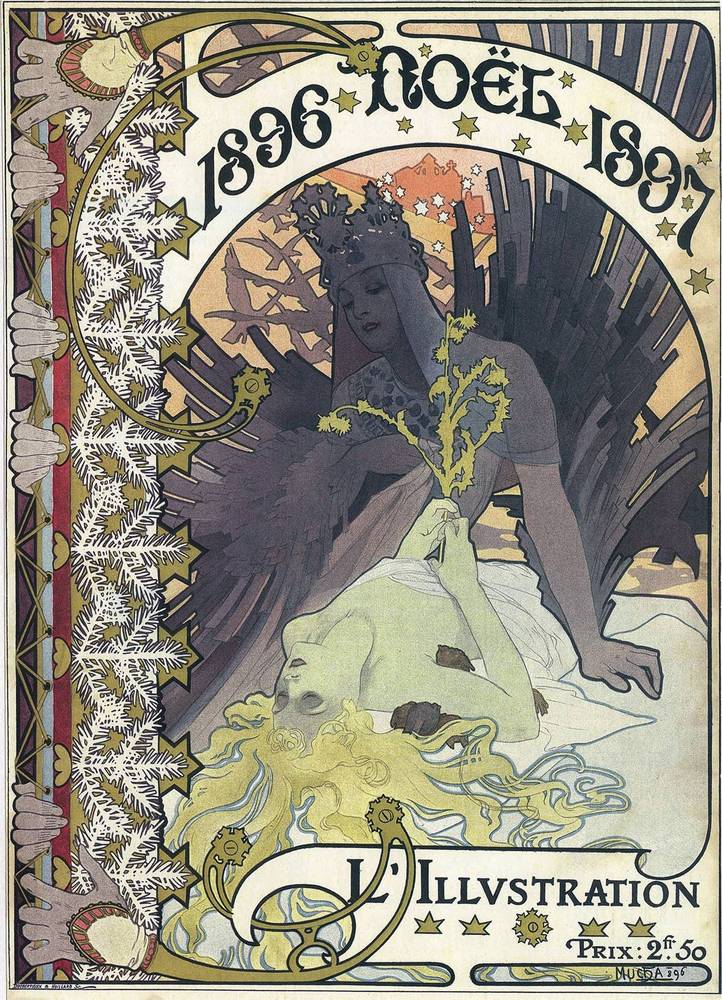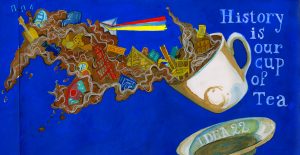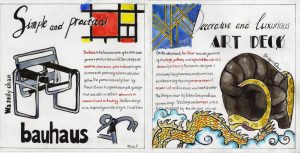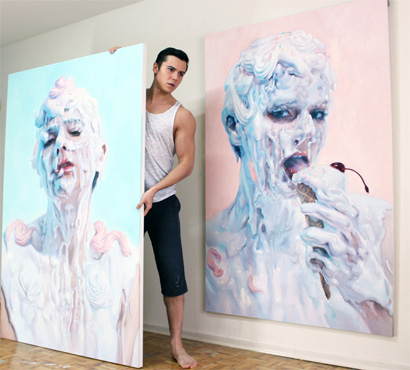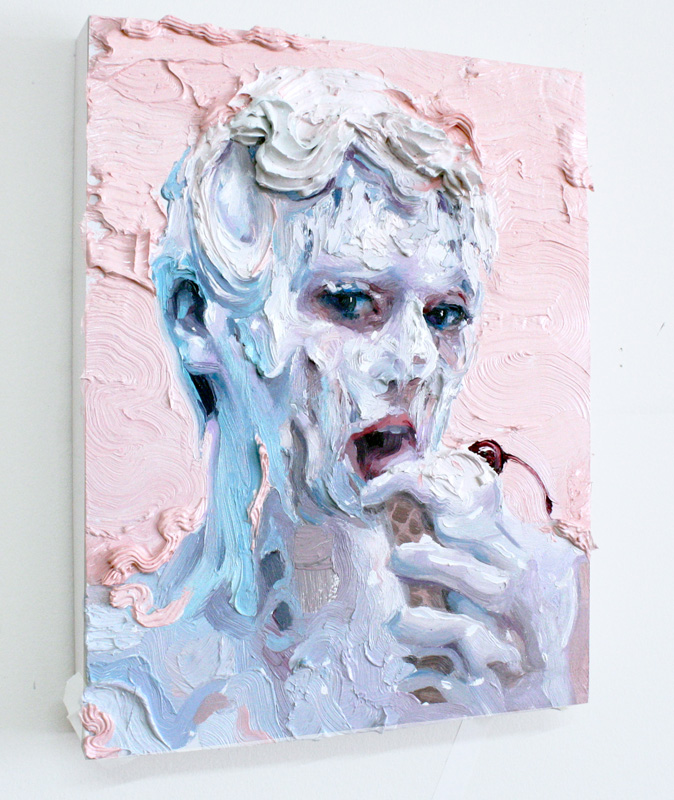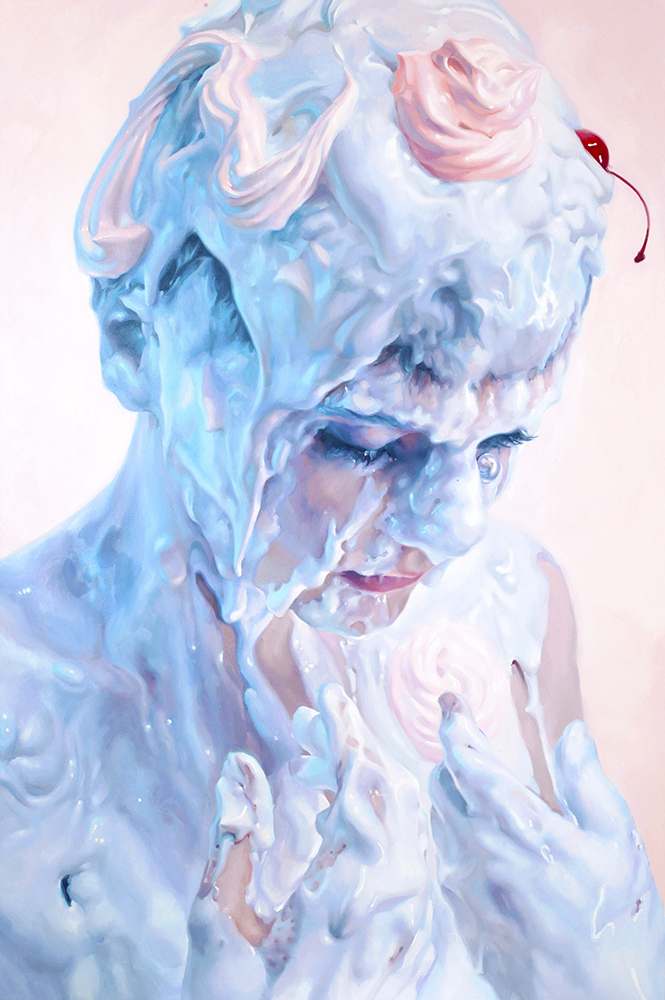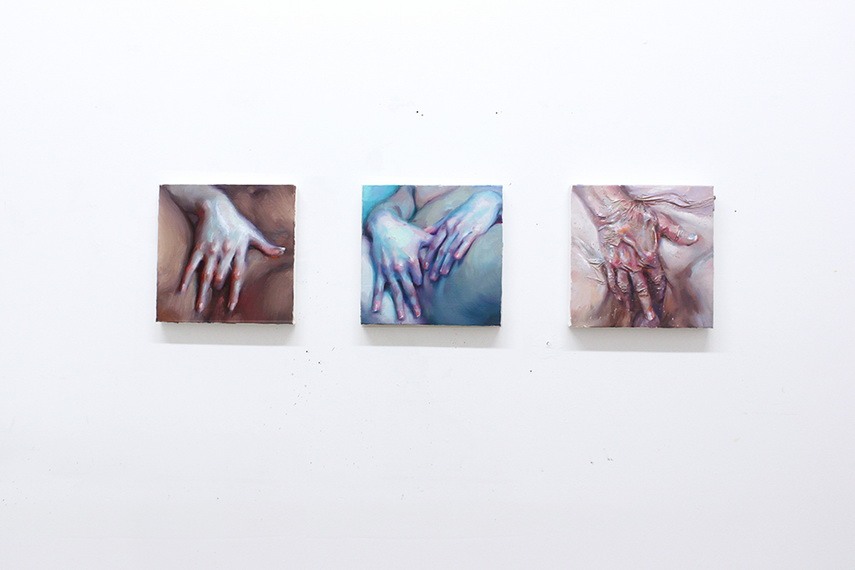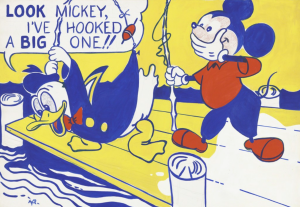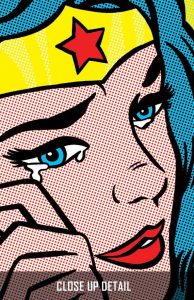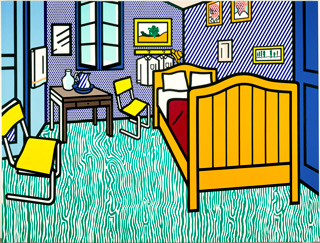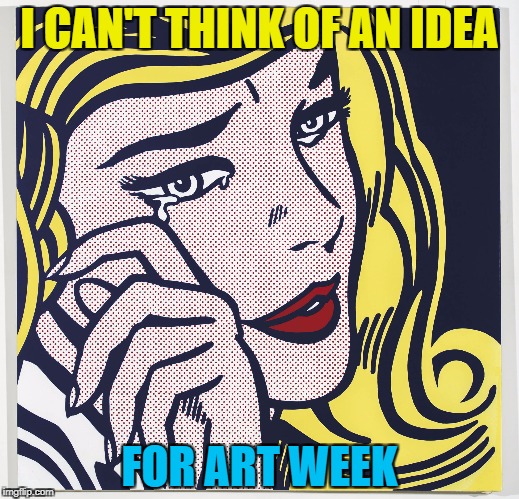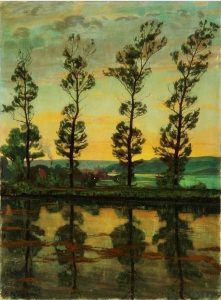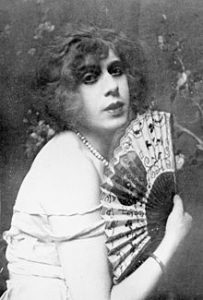For my English 100 class in Capilano, I was given an assignment to write an argument essay to give my opinion whereas we should consider Dharavi as the model for future city structure.
I do think that Dharavi makes some good point that we can adapt, but the city also has its limit of being a homegrown city without being looked after by the government.
Question: Echanove and Srivastava’s article “This is Not a Slum” suggests that Dharavi’s density, efficiency, and community integration should be viewed as a legitimate model of a “homegrown neighborhood” that cities worldwide would be wise to make space for. Based on what you read in the article, do you agree?
Revised essay
The article ” This is Not a Slum: What the World Can Learn from Dharavi’’ by Echanove Matias and Rahul Srivastava discusses how Dharavi, a poor area in Mumbai, was able to develop rapidly in a short amount of time. They also clarify what makes the city an excellent example of a housing system for us to learn from. Throughout the entire article, the two writers emphasize some critical points about taking the maximum advantage of our living space and designing it according to our needs would create some significant impacts. I agree that Dharavi is an excellent example of Indian people being creative in overcoming their disadvantage when it comes to their living environment and we can adopt some of their idea. However, I also see there are several problems with this housing system that we cannot consider it as a model for other places.
Dharavi,or would I say a ‘’slum’’ or a ‘’ homegrown neighbourhood’’, is a shabby- looking community that emerged without state guidance. This area is known for being one of the most famous locations in India which attracts thousands of tourists every year. Moreover, Dharavi also has a huge impact on Mumbai’s economy, making around $500 million a year. In other words, even though this area is considered to be an under an underdeveloped area of the city which needs to be removed, it still shows some significant value. The citizens can be creative in designing their own living space to serve their needs. They can build small-scaled, shape-shifting structures which are changeable for constructing in the future, therefore allowing them to live and work in the same place or divide their home into several parts for renting. This system gives the inhabitant the opportunity to create a community network base, providing shops, workshops and warehouse right on the street, which also become helpful when it comes to travelling since everything is united in the same place. Therefore, inhabitants can enjoy the short commute between their home and workplaces .As a result, space can serve a various purpose. Particularly, with the freedom that Dharavi’s citizen has, they create an environment which works best for them, so they can improve their income and their living standard at the same time. Also, thanks to Dharavi’s housing approach, people always feel safe to live here, they can even walk during the night time without feeling uncomfortable, which is usually not the case on Mumbai streets. Unfortunately, the authorities see Dharavi as a shameful obstacle because Dharavi is not under their control. With the intention of rebuild the place to sell for the higher class, the improvement for Dharavi’s infrastructure had not been competently carried out by the government which leads to the hygiene shortage in this area, with no toilets and sewage disposal. Overall, even though sanitation is a drawback in Dharavi, the advantage we can gain by learning from them is undeniable. Dharavi was able to become a community that developed as a whole, and there is a strong sense of communication between them. As we come to realize, the connection is the real key to success. Citizen can perform better at work especially when it requires them to work with others because they are comfortable with communication.
On the other hand, while I agree that Dharavi is an excellent example of Indian people being creative to live their life during difficult times, several reasons prevent the place from becoming a kind of model that the world can learn from. The first, and also the most crucial point, is an environmental concern. By living and working at the same place, and at the same time, Dharavi residents have to exchange their own lives for financial prosperity. As we know, all kinds of manufacturing have their waste material, which must be purified before being sent to the environment. Dharavi’s most popular industries, including pottery, leather, and textiles, are no exception. Not much could be found out about those workshop’s law-abiding status in waste-treatment, but their disapproving (and ignoring) of the zoning law, which the purpose is to separate human life away from the toxic industrial environments in the first place. Moreover, waste recycling is growing uncontrollably. As Victoria Moore said in her article, eighty percent of Mumbai’s solid waste is now being transported to Dharavi, the “recycling marvel’’(Moore). It’s great being green and sustainable. However, living and processing garbage at the very same place is unimaginable. As a result, the environment around Dharavi is in fatal alarm, and that is not an exaggeration speech. In the last pollution study of Dharavi by the National Environmental Engineering Research Institute (NEERI) in November 2010, 551.7 microgram/ meter cube (ug/m3) of average suspended particulate matter (SPM) was found, that is more than five times of the permissible limit (M Ghaneka ) . Dharavi residents’ disregarding of zoning and waste disposal laws defying of building code, and hyper-dense population all played significant roles in this tragedy. Even though it is somewhat beneficial for Dharavi citizens to have all the freedom to control their environment, Dharavi also leaves them with substantial health risks since they come into contact so closely with all these toxic industrial materials and substances.
The second issue in order, but equal in importance, is the health issue, or rather the life issue itself. Of course, most of stable subjects are directly related to the living environment, which is already terrible. Also, the denser the population is, the easier epidemic breakouts came to happen ( Tarwater). Dharavi has suffered from some plagues from year to year: in 2012, drug-resistant tuberculosis was discovered (Loewenberg S). About safety aspect: being used as homes and workshops are improper constructions made by builders that defy building codes, which leading to higher accident rates, home and work alike as they are in same house. The firefighter will struggle to find their way through narrow alleys their trucks cannot come in, while the fire will spread faster from the massive amount of combustible material. In other word, while Dharavi claims to allow the citizens to feel safe, there still many hazards dangers around the area which can make a significant effect on the citizen’s life.
All things considered, Dharavi is a model of what people could do to “find opportunity” in the urban areas of a developing country like India, and we can learn from its experiences to some extent. However, such an economic and residential model could not be applied anywhere else where environment and human health are more valuable than financial gain.

